For rendering, or “graphic rendering,” we mean a computer image, a product of a 3D model based on a project’s real data. It is a model that can be realized with any CAD program and allows you to understand how the final result of an environment's interior design could be, even before it is realized, to avoid unpleasant surprises in the final phase of realization.
Once the 3D model has been completed, we move on to the step called "texturing", in which the materials and lighting are applied.
These steps can also be carried out in a different order, depending on what type of procedure you are used to or prefer to adopt, and you can find a lot of software on the market that allows you to carry out these operations.
At the end of the procedure, the first verification tests are carried out to see how the materials and lights work and, only after having verified that everything works correctly, we move on to the launch phase of the final rendering.
Now let's take a look at what features a rendering needs to have to be as authentic and realistic as possible and the importance of lighting to give us a precise image of the final expectation.
Features needed for an authentic and realistic 3D rendering
Let's start with the most critical aspects. To achieve high-quality renderings quickly, you must always discuss them with the client first, as you need to know their company and brand, understand how it ranks in its sector and what differentiates it from its competitors.
Furthermore, you must be able to define the communication objectives, the message you want to convey, and the target audience in the target market.
These steps are necessary because you are not making a simple image of your project but developing a marketing plan.
Your project requires a creative approach aimed at developing visual responses to customer requests. When the mood board--a selection of suggestions and visual contexts used to show the client the stylistic setting of the project and the selected inspirational furnishings--and the sketch--the drafts for the environment, the volumes, the colors, the finishes and the framing of the product--is approved, the real 3D production begins.
At this point, studying the right lighting for the scenario comes into play, working in synergy with the 3D artist to frame and illuminate the environment in the most effective way to obtain a realistic but also emotional rendering, for a project that also knows how to get straight to the heart.
The environment to be illuminated, the client’s request, and the visual references establish the framing, lighting points, composition of the image, and the most suitable lighting to use.
The light illuminates an image's message, which is the client's product. Creating a 3D rendering of value means studying the light to enhance your client’s brand since this will, in turn, give the message more value.
For these reasons, it is necessary to study the lighting direction expertly and wisely to navigate the light sources and build the right lighting optimally.
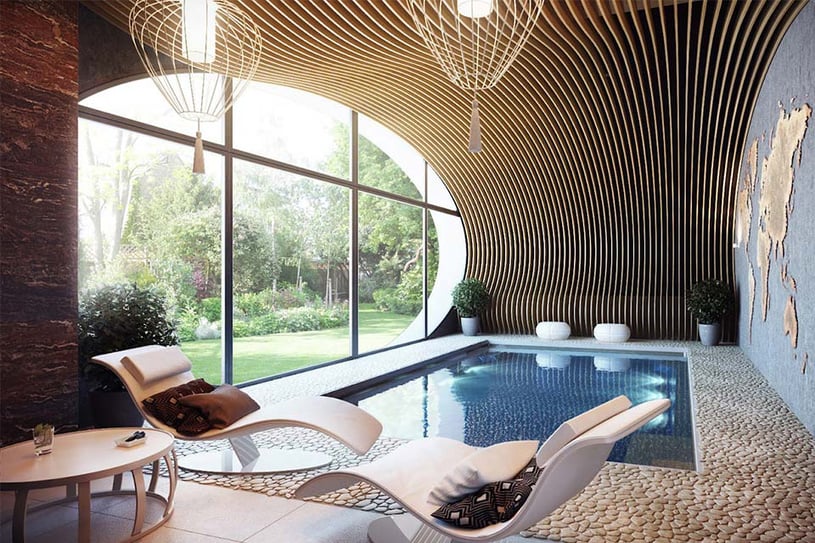
Cell
The importance of the right light to enhance a 3D rendering
Based on the various requests of each client, choosing the right light is fundamental for the final effect of your project.
To give life to 3D renderings that know how to strike and excite, lights and shadows represent an essential component. Light, in fact, is perhaps the aspect that needs greater care and attention in a rendering, as the right light gives depth, effects and shine to your rendering.
There is no doubt that the scene’s lighting is among the features that most affect the observer since the variations in light are able to transmit various sensations.
So you have to pay close attention to your lighting setting, as unbalanced or flat lighting has a profound effect on the quality of the final result of the entire virtual image. Light is so important that when you perform a 3D rendering, it is the first thing you need to focus on.
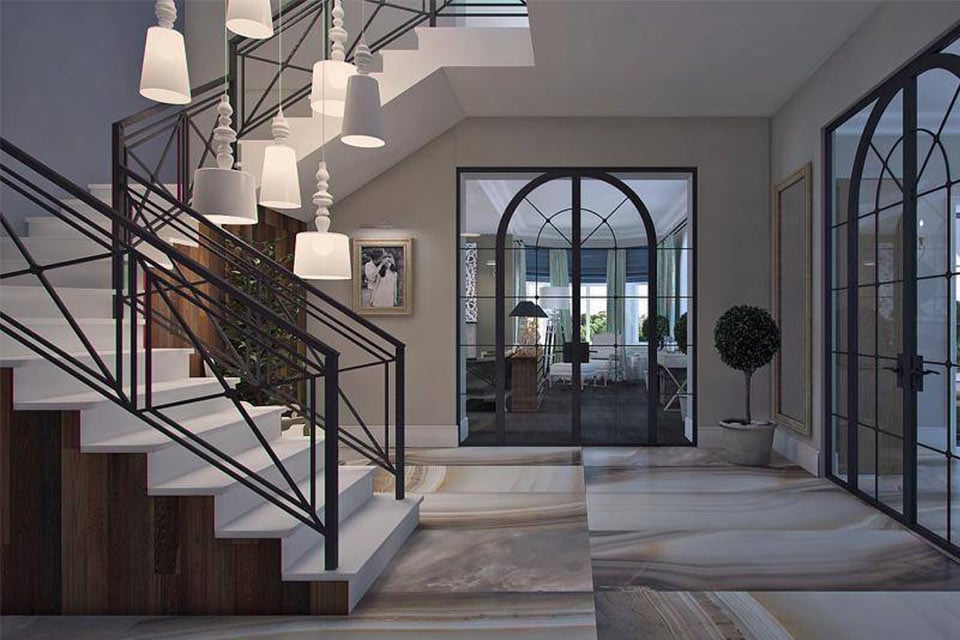
Alì e Babà
Rendering of natural lights
Predicting where the natural light will enter when your 3D rendering goes from realistic to real is very important because it will guide you in setting up the artificial lights to be installed.
Today, almost all software allows you to place the sun where it is positioned at a particular time of day or in a given month. In this way, you can study how natural light illuminates an environment during the whole arc of the day and in the various seasons.
Here's how a 3D rendering allows you to carry out a realistic study of light, something that was extremely complex in the past, if not completely impossible. You can also see the light effect made by particular cases of atmospheric effects that filter natural light, such as fog, rain, etc.
Even if in evening scenarios, natural light becomes secondary compared to artificial lights, for a more realistic 3D rendering, it is a good idea to apply a night glow from the moonlight.
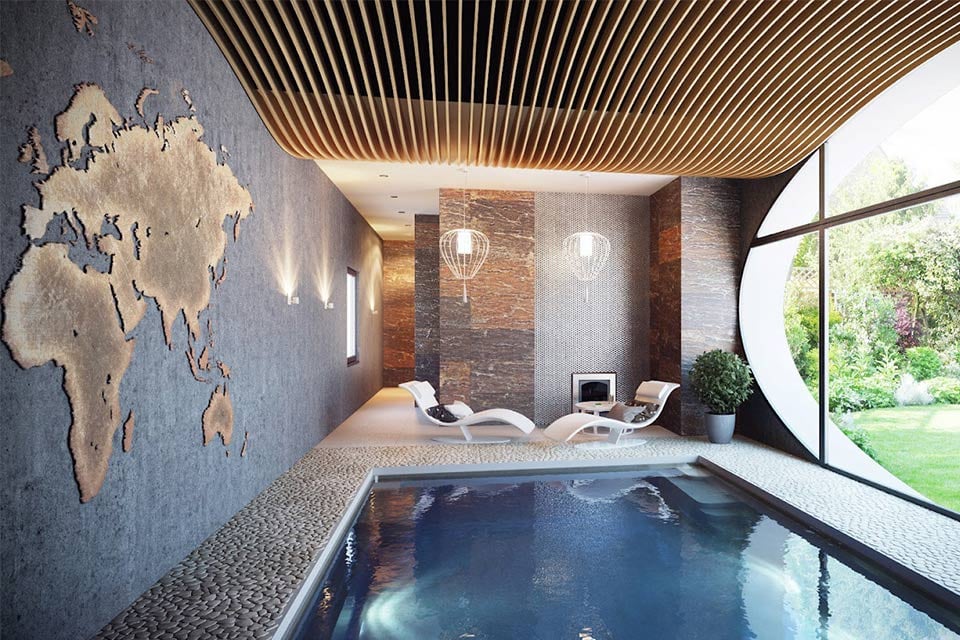
Cell
Rendering of artificial lights
As for the setting of artificial lights for the 3D rendering of your project, you need to ask yourself a different question, as you are faced with different light sources that are managed simultaneously, or to be grouped into scenarios, as for home automation.
Starting with the setting of natural lights, for the use of artificial lights, you have to start by identifying the light points and choosing suitable luminous bodies, such as ceiling lights, wall lights, floor lamps and so on. You can find very realistic models of light installations online to add to your 3D rendering and even choose details like the individual bulbs.
When you position the lights, try to illuminate the whole scene of the image. You can start by creating a generic main light, then add the reinforcement lights in the right places, which create a greater contrast.
The technique you need for 3D rendering is practically the same as the one you use for a real interior lighting project. You can add, for example, floor lamps in the darkest corners, adjustable spotlights to illuminate the focal points of the various environments, as is also true for relevant furnishing and artistic objects, such as paintings, statues, and so on.
A final aspect that should always be given due attention is the illumination of objects, as in a real fireplace, the TV and other objects that generate light. Simulating these real effects in the 3D rendering will undoubtedly make it more authentic.
Finally, a very important component that you must incorporate into your project's virtual model is the relationship between the lights and the framing because an excellent framing of the scene, if well lit, helps give the virtual image a special touch, making it more realistic, so use light sources suitable for every single frame.
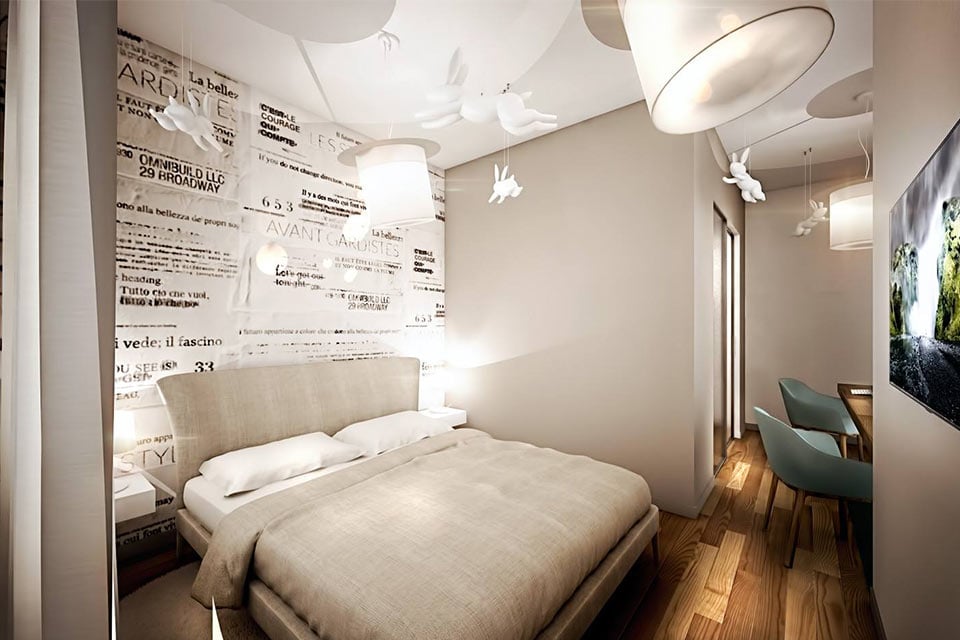
Wow
Create the right combination for the best 3D rendering of each one of your projects
We have seen the steps you need to take to build a good 3D rendering and how important lighting is for the best possible rendering of each project.
At the end of the construction of your project’s virtual model, you will have to move on to the post-production phase. Here, you will surely find high-resolution renderings, which will be very elaborate, often weighed down by details, as vegetation may be, and by materials used for various objects.
All this can almost certainly result in models that are difficult to manage, as well as considerably lengthen the rendering processes.
Despite these difficulties, your goal is to reduce production times, without affecting the realistic rendering of the image produced.
Until a few years ago, specific graphic software was used, in which details were integrated later. This software was used both to create images of exteriors and interiors, with both day and night illumination, allowing you to add several details to the rendering that made the model very realistic.
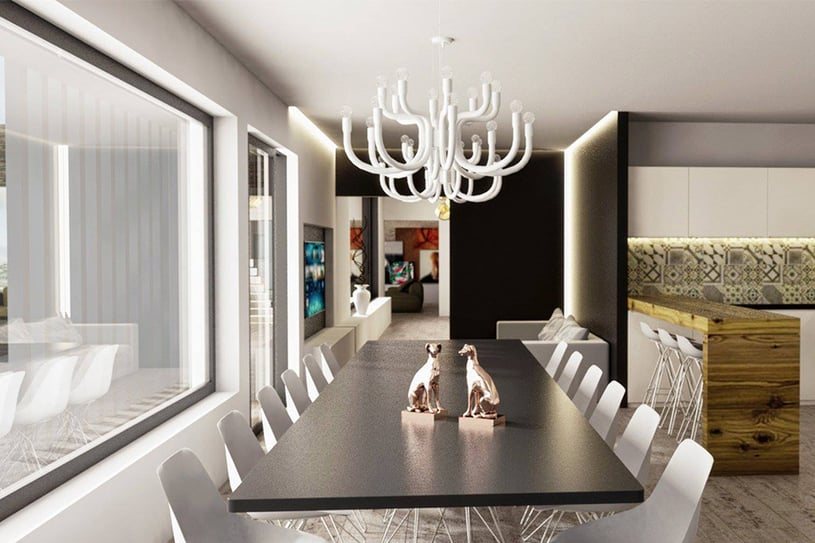
Snoob
However, the flaw of this solution is that this software is not designed to be subjected to calculation; therefore, they inevitably ended up considerably increasing the processing times.
To solve this gap, BIM architectural software--Building Information Modeling, or Construction Information Modeling--is a helpful tool or a method used to optimize the planning, implementation, and management of your 3D renderings. Through the use of this software, all the relevant data of a building can be collected, combined, and digitally connected.
Therefore, this BIM software can integrate the functions of Architectural Visualization, allowing you to create professional 3D renderings even if you are not an expert, without lengthening the time for adjustments and continuous tests. Another fundamental element is that you will not need to carry out any post-production operations with other dedicated software.
Taking inspiration from the guidelines discussed so far, you will have the necessary elements to create the 3D rendering model that is most suitable for every project.
Always remember that the level of authenticity and realism of your rendering will differentiate you from other designers in your industry.
So be very careful, precise, and detailed in providing all the elements useful for making your 3D rendering model as emotional and close to reality as possible, elements that, combined, will surely bring success to your project.



